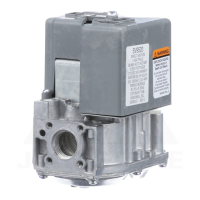
Do you have a question about the Honeywell SmartValve SV9510 and is the answer not in the manual?
| Type | SmartValve |
|---|---|
| Model Number | SV9510 |
| Voltage | 24 Vac |
| Control Type | Electronic |
| Output Current | 0.5A |
| Ignition Type | Intermittent pilot |
| Gas Type | Natural gas |
| Frequency | 60 Hz |
| Humidity Range | 5 to 95% RH non-condensing |
Defines the physical form factor of the control unit.
Details voltage, frequency, and output load ratings for the control.
Discusses appliance cycling rates and potential wear on controls.
Advises on protecting controls during cleaning to prevent damage.
Highlights the danger of moisture on controls and proper installation.
Instructions for attaching flanges to the control inlet or outlet.
Guidance on installing threaded bushings into the control ports.
Guidance on pipe thread depth, compound application, and connection procedures.
Verifies ground commonality between appliance chassis and AC line neutral.
Explains the function of the ignition system control switch settings.
Covers gas leak testing, checking gas input, and adjusting burner ignition.
Guidelines for determining maintenance frequency and system replacement.
Diagnosing issues using the LED indicator and associated flash codes.
Diagnosing issues when the LED indicator is not available or functioning.
Critical safety advice, especially regarding gas leaks and appliance operation.
Steps to follow if the appliance does not turn on when the thermostat is set.
Instructions for vacation shutdown and complete appliance shutdown.
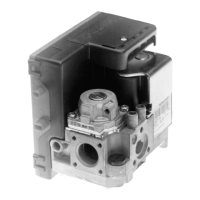
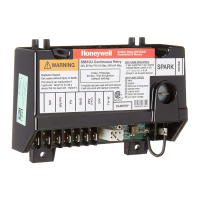
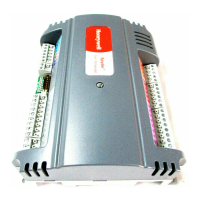

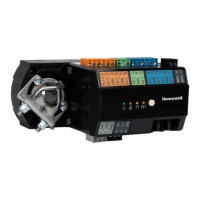
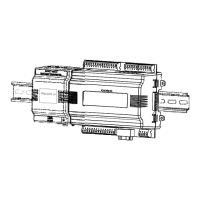
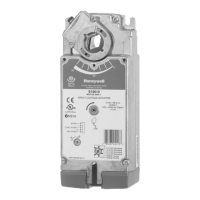


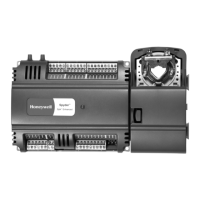

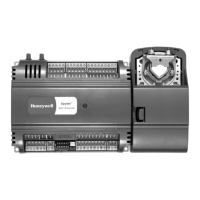
